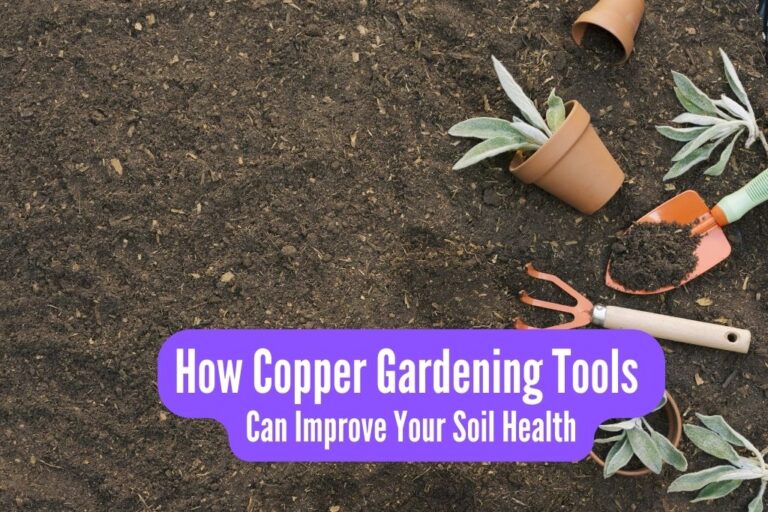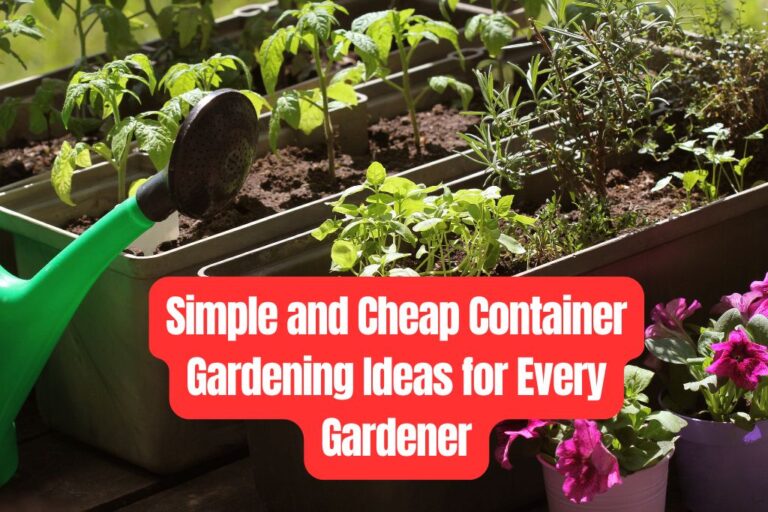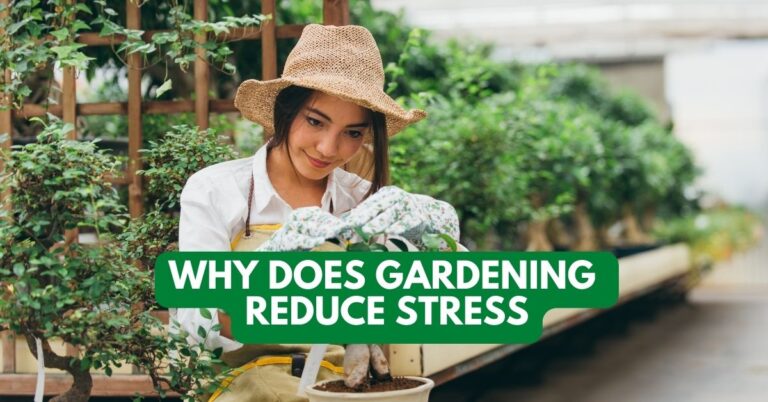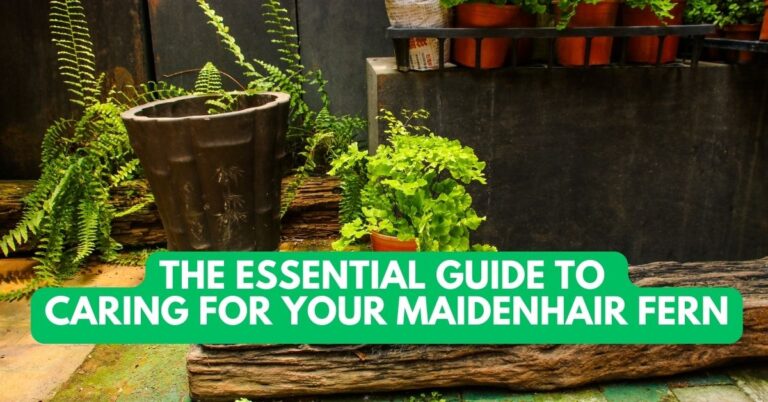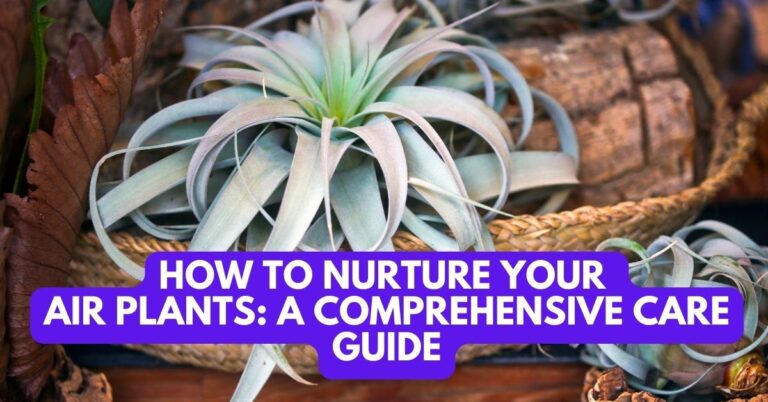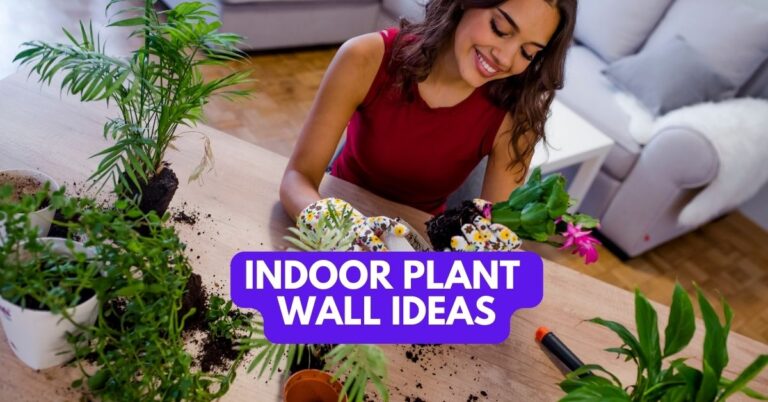Indoor Plant Fertilizer
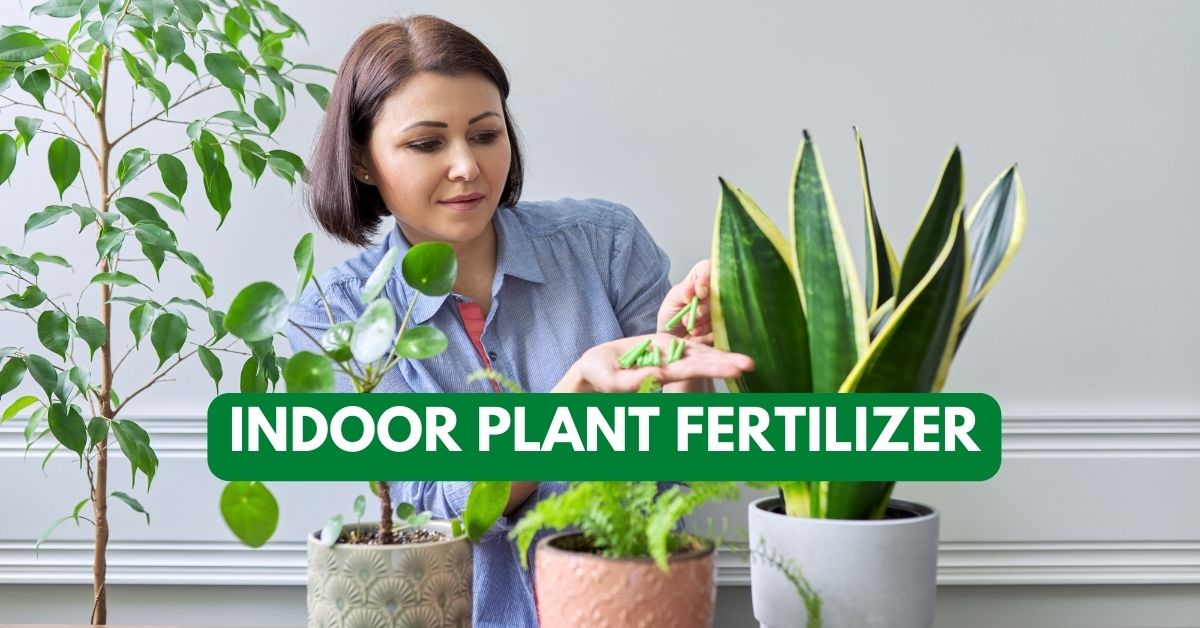
Indoor plants are a beautiful way to liven up your home space. Adding some greenery to your home is a nice wash to refresh the space and add some tranquility. Plus, they aid in purifying the air in your home, so it is a worthy investment.
Indoor plants are sometimes tricky to care for. They require specific light, humidity, and fertilizer requirements that must be met in order to keep them happy. If any of these are missing, then the plant will probably die.
Fertilizer is an important part of caring for your indoor plant. There are two types of fertilizer you can use: solid fertilizers and liquid fertilizers. Both have different applicability depending on the plant, so check with the plant requirements first!
This article will talk about all the different types of fertilizer and when to use them.
Types of plant fertilizer
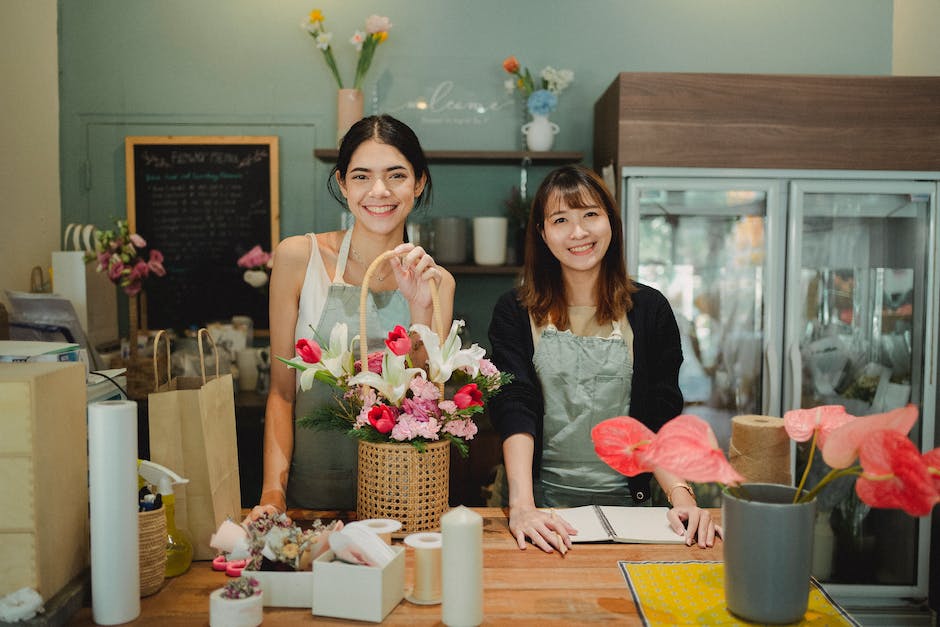
Plant fertilizer comes in a few different varieties, each useful for different stages of plant growth. The first type is seed fertilizer, also called seedling fertilizer. This is the type you use when you are planting your plants, to provide them nutrition as they grow their roots and begin to thrive.
Transplant fertilizer is for when your plants have grown roots and have been transplanted into their permanent place. This helps them establish growth and start to thrive!
Vegetative fertilizer is used when plants are in the growing stage where they do not produce flowers or seeds. These plants only need enough nutrition to grow and develop leaves and stems.
Floral fertilizer is the last type- this is used when plants have reached the blooming stage. These plants require more nutrients to develop beautiful flowers and fruits.
How to use plant fertilizer
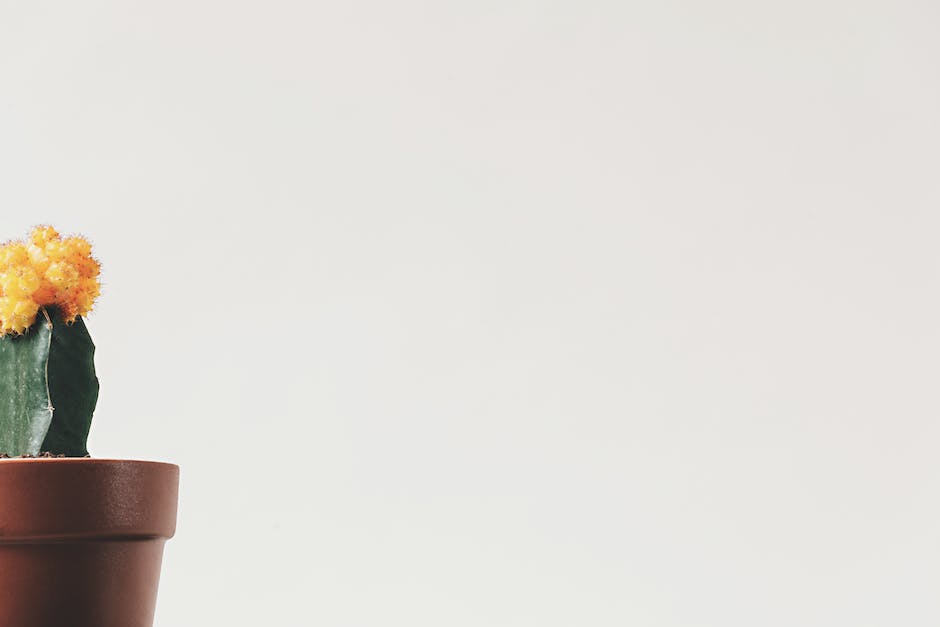
Once you have decided to start using plant fertilizer, how you use it is dependent on what type you get. If you get organic fertilizer, like compost or worm castings, then your best bet is to put a little on your plants every few weeks.
For inorganic fertilizer, like soluble fertilizers or micronutrients, spray your plants until they are wet and then let them dry. If you are not sure if your plant needs what it says on the package, then water the plant with just water first to see if it grows and looks healthy, then add the product by the directions on the package.
Once planted, herbs usually need little to no fertilizer as they grow quickly. Annuals require regular fertilizing as they grow and die off each year.
Indoor plants that need fertilizing
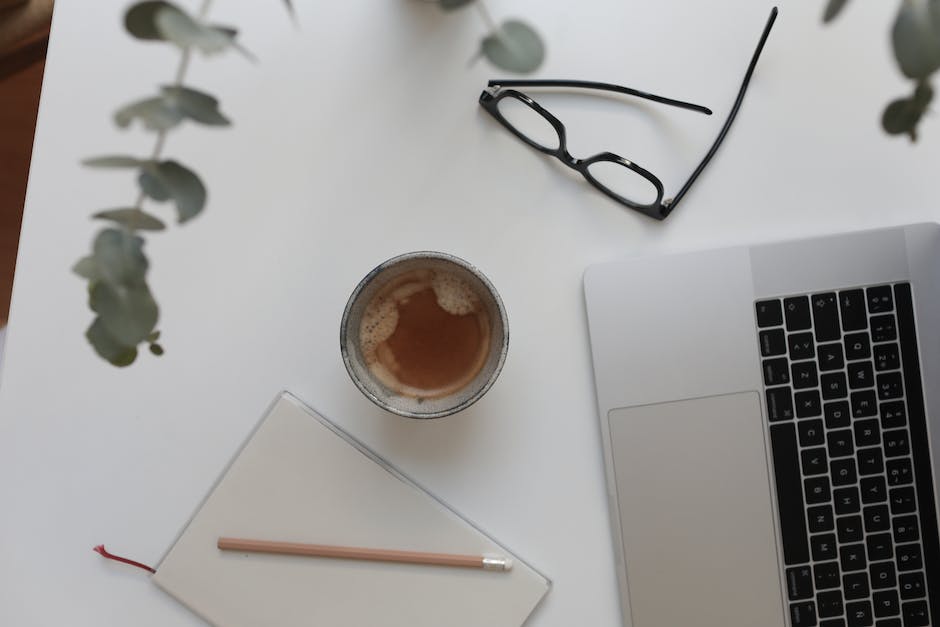
When you are looking for plants that need fertilizing, consider your climate, the plant itself, and its needs.
If you live in a climate with dry weather, or your plant does not get much water, then your plant needs fertilizer. You can either buy chemical fertilizers or organic fertilizers to use. Chemical fertilizers are more widely accessible, but organic fertilizers can be just as effective.
When choosing your plant, check what climate it comes from and what season it blooms in. If you want a winter-flowering plant but live in a warm climate, then it will not flourish! Choose something that can adapt to your area’s conditions.
Indoor plants also tend to lose their nutrients faster than plants in soil. This is because they do not have microorganisms breaking down the nutrients for them.
Good sources of plant fertilizer

Photo by Anna Shvets on Pexels
When looking for plant fertilizer, you should look for three main things: nitrogen, phosphorus, and potassium. These are the main elements that plants need to grow.
You can find these elements in many different substances. For example, salt can be a source of nitrogen, chicken manure can be a source of phosphorus, and potash can be a source of potassium.
How much of these nutrients your plant needs depends on the species and how big it is growing. Indoor plants usually need less nutrients than outdoor plants since they do not have access to as many things to use.
General tips: When giving your plant a fertilizer boost, do so about once a month. Check your plant for signs of yellowing or browning leaf tips or dying leaves, then give it some extra nutrients!
Also, remember that too much fertilizer can hurt your plant! Check with the manufacturer to see how much you can give your plant before it becomes dangerous.
Bad sources of plant fertilizer
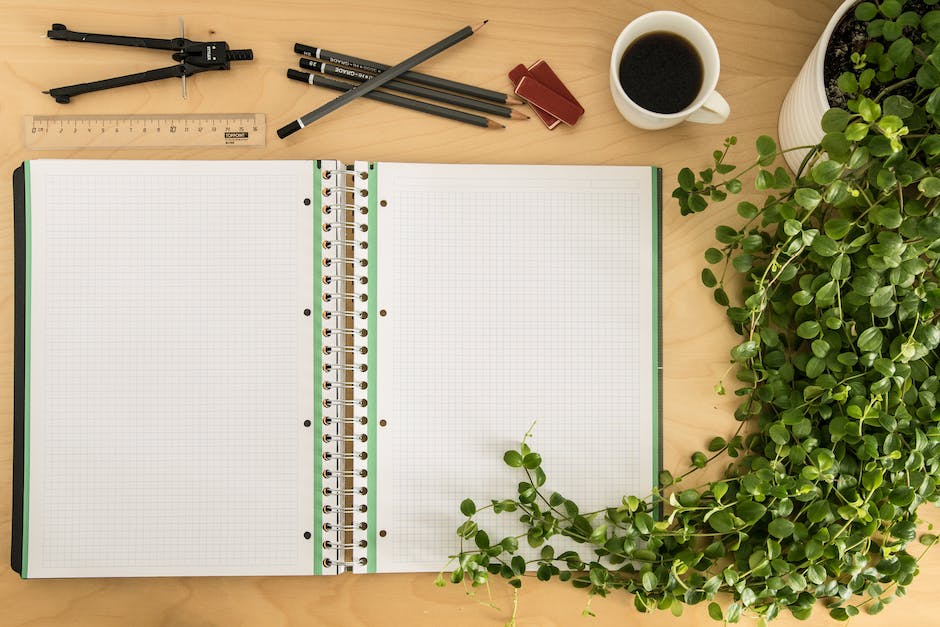
Luckily, there are few bad sources of plant fertilizer that you should be aware of. One is putting your plants in a sunny window and forgetting about them.
Plants need water and attention to grow and thrive. A plant that gets no attention will eventually die, even if it is in a window with plenty of light!
Another source of bad plant fertilizer is using dirt from outside as a supplement. While some plants can benefit from soil amendments like compost or worms, many can die due to an overload of nutrients.
Indoor plants often benefit most from simple water only, so do not waste money investing in supplements for your plants unless an expert tells you so. You can even use plain tap water without worry!
The last bad source of plant fertilizer we will mention is giving your plants too much of something. If you have someone who loves you very much but does not know much about plants, they may give your plant a huge hug and then accidentally drop something on the ground, which your plant then eats. This is not intentional, but it can still hurt your plant.
Make your own plant fertilizer!
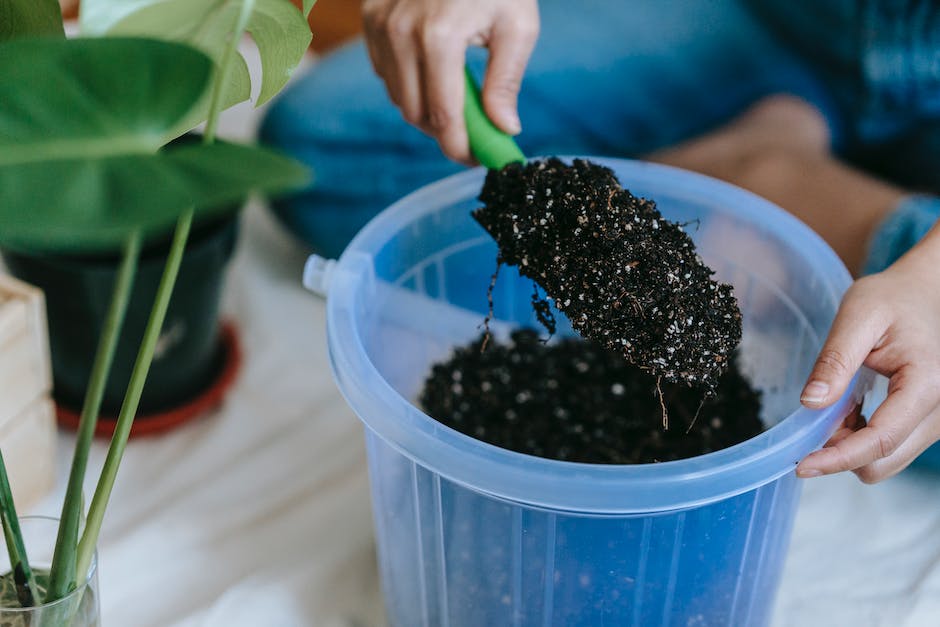
Photo by Teona Swift on Pexels
Indoor plants require a little bit more care than outdoor plants. Mostly, this is because indoor plants are slightly less adapted to their surroundings.
Indoor plants are sometimes less hardy than outdoor plants, or have slightly different needs. For example, some indoor plants need more light to thrive than others.
Care for your plant by researching how to feed it and what type of plant soil it needs. You can also make your own plant fertilizer to add to its soil!
To make your own plant fertilizer, you will need to gather these ingredients: banana peels, apple peels or scraps, coffee grounds or dried up coffee beans, grass clippings or dried out dead flowers and/or vegetables like celery or carrots.
Mix these together in a bin and let them sit for a few weeks so that they can break down. Then, put some of this compost on the plant’s soil.
Mix your own plant fertilizer
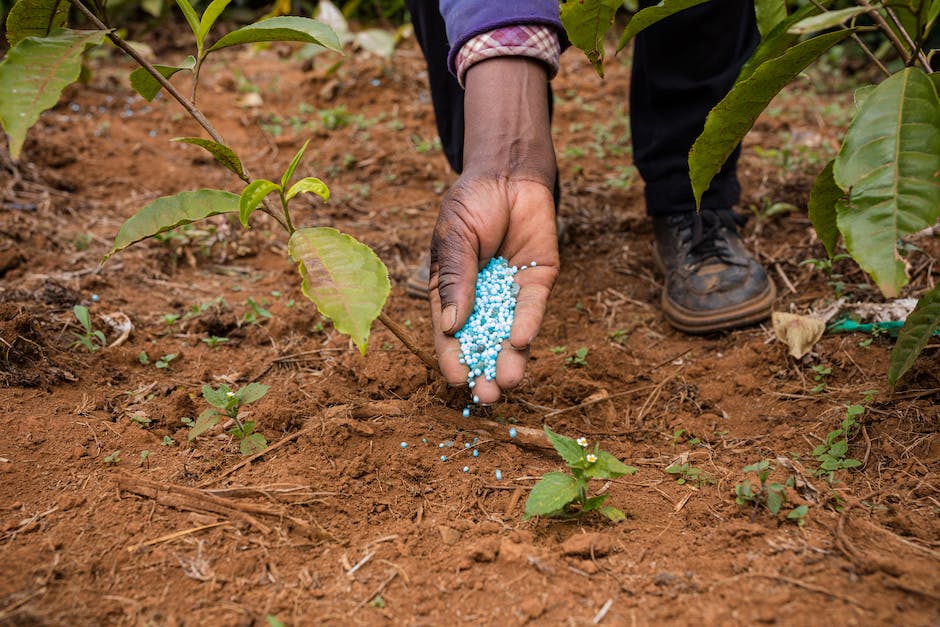
Photo by Antony Trivet on Pexels
A neat way to nourish your plants is to make your own plant fertilizer. You can make it at home using ingredients from the grocery store, or you can buy the ingredients at the grocery store to mix yourself.
There are several recipes for plant fertilizers. Some call for nitrogen-rich substances like blood meal or seaweed powder, others call for carbon-rich substances like coffee grounds or grass clippings, and still others call for a mixture of both.
If you are unsure of which fertilizer recipe to use, ask an employee at the garden supply store which ones they recommend and why. They will be able to tell you what your plant needs!
It is easy to forget that plants need other things besides water and sunlight to thrive. Indoor plants in particular may need some extra help in the form of plant fertilizer.
Know your plants
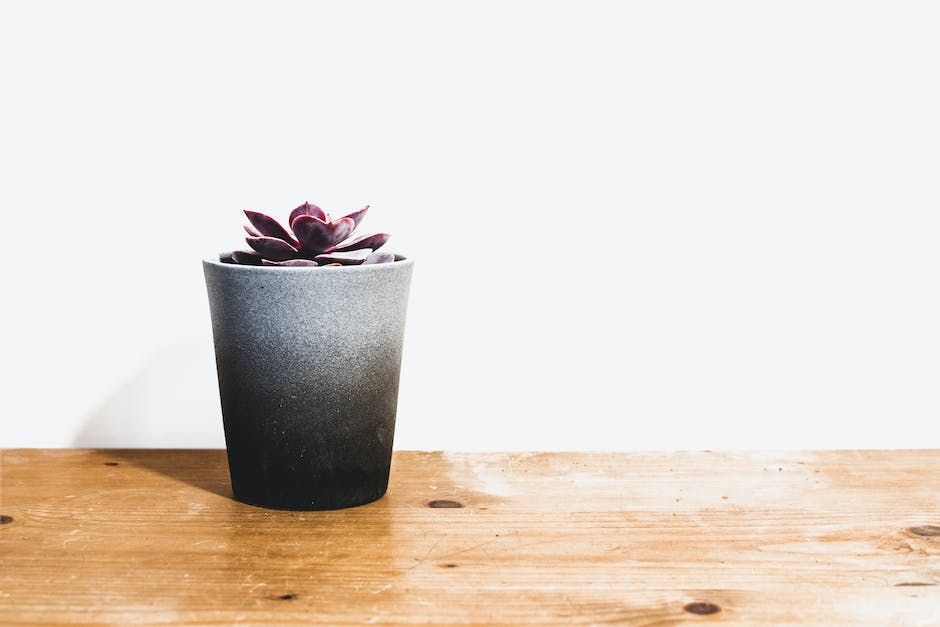
Before you go buy fertilizer, know what kind of plants you have. If you have flowering plants, they need more nutrients than grassy plants. If your plants are older or larger, they need more nutrients than smaller or younger plants.
Plants also need different nutrients. For example, vegetables and fruits do not need nitrogen, so do not apply a fertilizer that has lots of nitrogen. This will not help your plant!
Once you have determined your plant needs, check out what kinds of fertilizer they recommend at the garden store or online. Then go buy them! Buying fertilizer at the garden store can be expensive, so look around for the best deal.
Content are generated with AI, fact checked by editorial team.
Hi there! My name is Aaron and I am a gardening expert from the United States. I have always had a passion for gardening and have been practicing it for years. I have gained extensive knowledge and experience in gardening.

